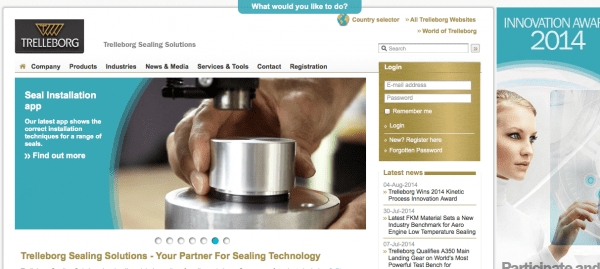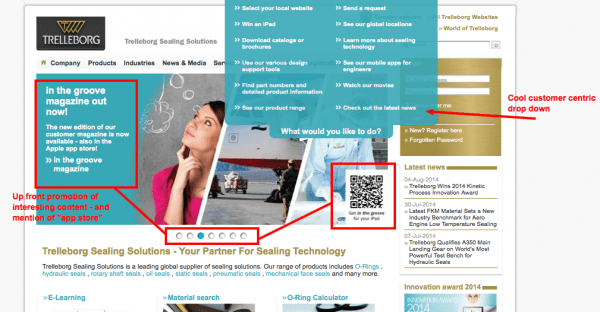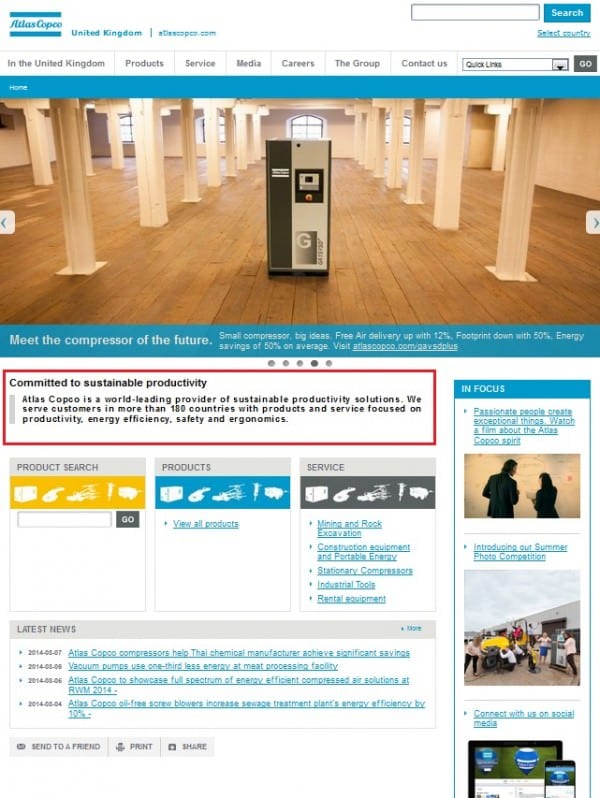The 3 digital techniques B2B marketers must excel in
Whether it’s on desktops, laptops, phablets or tablets, there is one truth when it comes to marketing your business online. If you can’t be found, don’t have a clear and compelling offer and don’t make “transaction” easy for customers, you’re doomed to failure.
Web searches, supplier websites, and in most countries email remain the primary information sources for the modern business buyer. These are the tools that allow customers to seek out products and services, to learn about the companies that provide them and to ensure they are regularly updated on them.
Brand storytelling for B2B lead generation
The underlying premise of effective B2B (digital) marketing though, lies in engaging customers and prospects and providing them with useful, relevant content that improves their own business’ revenue and performance and positions yours as an expert to rely upon.
So before we get distracted by no less important traffic generation, let's try and remember why we’re in business.
Here are the three tools that B2B organisations should make the most of to promote their business – and to position to meet customer needs. For deeper coverage see our hub page explaining techniques for digital marketing for B2B organisations.
1. Winning with websites
Websites still matter. And guess what? They might actually count as a classic piece of content marketing. Think about it. Where do people go as a result of all your marketing communications? Where is the one place you have total control over message, first impression and access to engagement statistics?
For a recent BrightTalk webinar on international b2b content marketing, I examined the Trelleborg Seals website and gave it a virtual high-five as a great example of a B2B website. The team behind it have successfully created a site packed full of customer centric information and resources to “help” them.

On the home page alone there are signposts to a variety of interesting things. From the simple use of words like ‘your’ and ‘solutions’ a visitor is going to feel like this site is for them.

It starts at the top of the screen with the “What would you like to do? button before moving onto signposts to services and tools, high-profile spots on apps, to information about Trelleborg around the world. They are using their real estate to the max and putting as much of their best work in the hands of customers. For free.
2. Getting found and staying found
Optimising your website (and all social media accounts) for search is the second most important thing you can do. Why? Think about your own information searches online. You use words and alter them, add to them or remove them to better refine the results you receive.
Having a search engine optimisation strategy for your business helps to provide a structured approach to identifying the words that your customer and prospects use to then position your products and services to meet their needs.
This is achieved by improving your visibility in search engines for the most relevant queries that people are using. If you are interesting and relevant enough, they may take an action to find out more. Our blog post on how industrial equipment giant Atlas Copco provides more it. The copy boxed below is picked up by Google and used for search.

3. Targeted touch points with high impact email
The nirvana of B2B digital marketing is converting web visitors to engaged prospect, then transactional customer. So once your brilliant content has been found on your website through search, you need to ensure you give visitors a reason to part with their contact data – so you can continue the dialogue and dig a little deeper to meet their needs.
Email marketing is so much more than the email. It is the seduction of a problem resolved, the usable and useful nature of the solution, the context in which it is offered and where it is housed. Consideration, too needs to be given to the power of putting the right content in front of the right people at the right time. Email is still the only direct way to access the people you want to interact with most.
We’ll be exploring these issues and more in the break out session I'll be running at the Digital Impact conference on 17th September in London. Click here to find out more.









